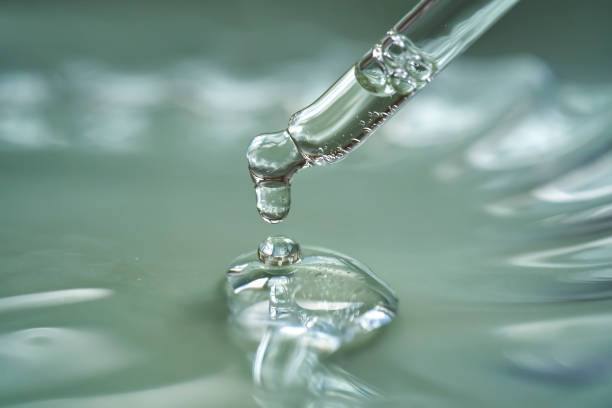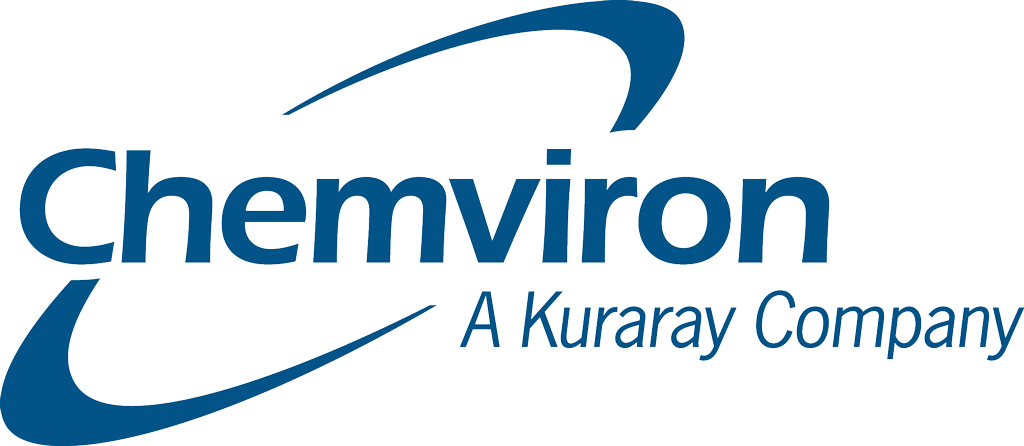The production of pharmaceuticals or pharma-grade materials requires the final products to be of the highest purity and quality. Therefore, it is important to eliminate or remove any trace contaminants or residues, discolouration, or odour that may be present.
Activated carbons are highly effective in eliminating colour bodies, proteins, and impurities from feedstocks or synthesis byproducts. They may be applied during their manufacture, downstream processing or in polishing steps for pharmaceutical intermediates or the final products.
Chemviron provides specialised grades of high-purity powdered and granular activated carbons for applications, where low acid-soluble ash and low leachable content are required.
Granular Activated Carbon
Purification with granular activated carbons is typically carried out by passing through a carbon bed and for these high purity applications, specific grades are required.
Chemviron produces acid-washed agglomerated coal-based granular activated carbons specially designed for the purification and decolourisation of aqueous and organic liquids.
These CPG® LF carbons are produced by a highly developed and strictly controlled manufacturing process, to ensure very low acid-soluble ash and iron contents. This ensures a high-quality product with an ideal porosity offering optimum kinetics for the adsorption of a wide range of coloured organic impurities.
In addition, they are produced with virtually no fines or dust and are therefore particularly suitable for sensitive applications. For certain processes, the spent granular carbon may be recycled by reactivation, for reuse and so avoid disposal costs.
Powder Activated Carbon
The Chemviron Acticarbone® premium range of wood-based activated carbons is produced in Europe from renewable marine pine wood feedstock. This unique raw material imparts excellent physico-chemical properties to these carbons producing both high performance and stringent purity.
They are available in both physically (steam) and chemically activated carbon grades, respectively suited for purification and decolorisation applications. These powder carbons are designed to have a controlled pH compatible with the process liquor and a high permeability, which improves productivity during filtration.
Their superior adsorption capacity, high purity and filterability are valued in such specialised applications. Their high activation levels ensure that carbon consumption can be optimised and ensures that any loss of active ingredients during the filtration steps is minimised.
The Acticarbone® acid washed carbons are particularly suitable for the purification and decolourisation of very sensitive liquids like injectable pharmaceutical solutions (such as contrast media, and antibiotics.)
The Acticarbone® Ultra-Pure grades have been specifically developed with porous structures adapted to improve the efficiency of the purification steps. They also have very low ash contents and are available in mesoporous and macroporous structures. These Ultra-Pure grades comply with the purity criteria of the latest monograph of the current American pharmacopoeia (USP).
All the Acticarbone® range comply with the Food Chemical Codex (FCC). For detailed advice on the most appropriate carbon for your application, please contact our technical support team.


What Pharmaceutical Products Can Be Purified Using Activated Carbon?
The list of active pharmaceutical ingredients (APIs) or pharma-grade applications that can be decolourised or purified using activated carbon is extensive. Some of these are noted below:
| Amino Acids – Pharma grade | Glycine |
| Analgesics | Lactose as an excipient |
| Antibiotics | Nicotinic acid (Niacin) |
| Aspartic acid, | Nutraceuticals |
| Contrast media in medical imaging | Painkillers |
| Cosmetics | Pharmaceutical Oils |
| Diagnostic Agents | Phenylalanine |
| Enzymes | Polyphenols |
| Fragrance ingredients | Steroids |
| Folic Acid | Synthesis Intermediates |
| Glucose (for Perfusion) | Vitamins |
| Glycerin – see section below | |
For details of other chemicals that may be purified using activated carbon, see our associated article.
Amino Acids
During the manufacturing and processing of amino acids, for example from fermentation processes, the use of activated carbon is considered vitally important. This may be required to remove impurities, by-products or colour or to further upgrade by purification, to achieve the required high-purity pharma quality standards.
Activated carbon is usually applied as a finishing or polishing step either in powder or granular form. From the Acticarbone ® range, Chemviron are also able to provide renewable wood-based granular carbon for such applications which helps end users with their CO2 footprint.
Glycerin
Glycerin (or Glycerol) is widely used in food, medical, pharmaceuticals and personal care applications. Glycerin is typically obtained from plant and animal sources, or as a byproduct from the manufacture of biodiesel. It is therefore often vital to remove any colour variations that have occurred, odour constituents, and any other unwanted contaminants.
Activated carbon is typically used in the final stages (“bleaching”) of the purification process to produce a colourless final product. Chemviron provides selected carbons either in granular form or as a powder for dosing in a batch process.
Activated carbon may also be used in the primary stage of crude glycerin purification to reduce bulk colour and fatty acids.


So How Can Chemviron Help You?
If you have a pharma-grade product to be purified or decolourised, it is always helpful to understand some basic information, or the specific standard required. Therefore, any details that you can provide will enable our experienced team to better help you.
We can also carry out laboratory or site testing to review the impurity removal or colour reduction with activated carbon. The most effective carbon for a particular process may depend on a number of factors. This may include the nature of the impurities or colour to be removed, the final treated requirement, or the treatment operation involved. Both powder and granular activated carbons may be used in batch operations, whereas for continuous operations, granular activated carbon is normally used.
Our technical team would be able to recommend the most appropriate solution and its likely effectiveness for your application.
Spent Carbon Recycling and Mobile Carbon Filters
For granular activated carbon, depending on the specific process application, the spent carbon may be recycled, by thermal reactivation, for reuse. Reactivation involves treating the spent carbon in a high-temperature furnace where the undesirable organics on the carbon are thermally destroyed.
Recycling activated carbon is a sustainable and environmentally friendly technology that minimises waste and reduces CO2 emissions.
If this is for a new process operation, why not consider the use of our mobile carbon filter service, which is available on a rental basis? These can be used on-site as both a purification vessel and then transported to and from the site, without the need for any on-site carbon exchange. For spent granular activated carbon recycling, it may be easily returned in the mobile carbon filter to our reactivation centre.
Chemviron has a range of these mobile activated carbon filters of different sizes and capabilities, available for immediate use. This fleet includes highly engineered stainless-steel vessels which can be quickly installed and operated at temperature. If required, Chemviron provides small mobile filters that can be easily operated inside a plant and may be moved and transported within the site lifts.
If you need help on the choice of activated carbon, our mobile carbon filter service, the potential for reactivation, or just some further advice, please contact us – contact our technical team.

